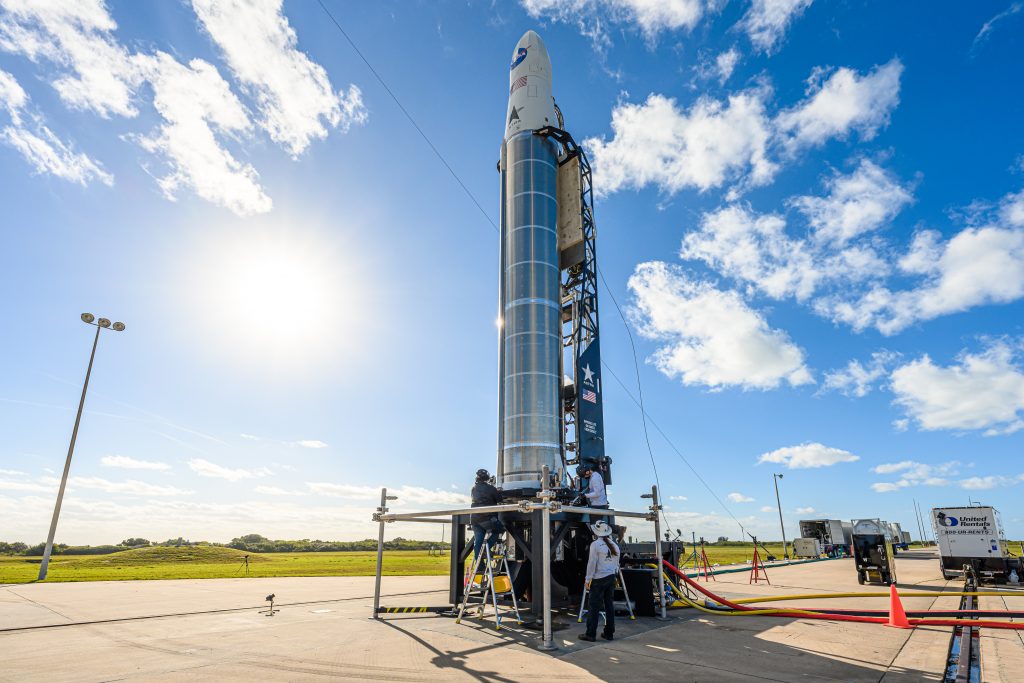
Astra’s Rocket 3.3 is ready to lift off from Space Launch Complex 46 at Cape Canaveral Space Force Station in Florida, as part of the first mission under the NASA’s Venture Class Launch Services Demonstration 2 (VCLS Demo 2) contract. The three-hour launch window opens at 1 p.m. EST, with launch scheduled for 2:10 p.m. EST.
The first operational satellite launch for Astra Space will carry NASA’s Educational Launch of Nanosatellites (ELaNa 41) mission, sending four small satellites to space for the agency.
Astra Space Inc. was one of three companies selected as service providers to launch small satellites (SmallSats) to space, including CubeSats, microsats or nanosatellites, through VCLS Demo 2 contracts awarded by NASA’s Launch Services Program (LSP), based at Kennedy Space Center. LSP supports the agency’s CubeSat Launch Initiative (CSLI) by providing opportunities for small satellite payloads built by universities, high schools, and non-profit organizations to fly on upcoming launches.
ELaNa 41 will launch four CubeSats, designed and built by three universities and one NASA center. These include:
- BAMA-1– University of Alabama, Tuscaloosa
- INCA– New Mexico State University, Las Cruces
- QubeSat– University of California, Berkeley
- R5-S1 – NASA’s Johnson Space Center, Houston
The VCLS Demo 2 contractors will launch CubeSats selected through the CSLI to demonstrate a launch capability for smaller payloads that NASA anticipates it will require on a recurring basis for future science missions.
The Earth Science Division of NASA’s Science Mission Directorate partnered with LSP to fund these contracts. The VCLS Demo 2 launches of small satellites can tolerate a higher level of risk than larger missions and will demonstrate – and help mitigate – risks associated with the use of new launch vehicles providing access to space for future small spacecraft and missions.
Stay connected with the mission on social media, and let people know you’re following it on Twitter, Facebook, and Instagram by tagging these accounts:
Twitter: @NASA, @NASA_LSP, @Astra
Facebook: NASA, NASALSP
Instagram: @NASA, @AstraSpace

